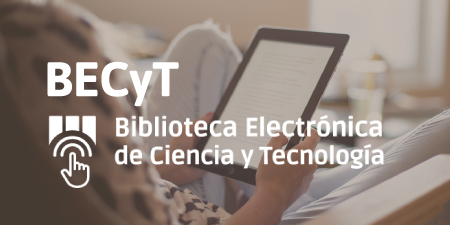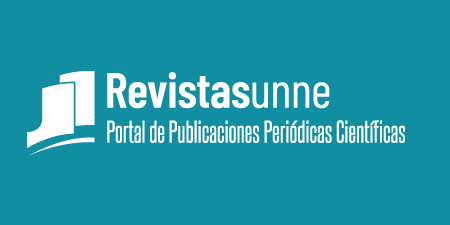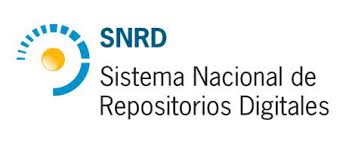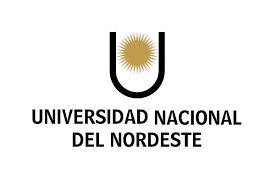Mostrar el registro sencillo del ítem
Producción de embriones de búfalo por fertilización in vitro luego de la maduración de los ovocitos durante el transporte prolongado
Buffalo embryos produced by in vitro fertilization from oocytes matured during long-term transport
| dc.contributor.author | Konrad, José Luis | |
| dc.contributor.author | Scian, R. | |
| dc.contributor.author | Garrido, M. J. | |
| dc.contributor.author | Taminelli, Guillermo | |
| dc.contributor.author | Sansinena, M. | |
| dc.date.accessioned | 2022-07-12T20:57:35Z | |
| dc.date.available | 2022-07-12T20:57:35Z | |
| dc.date.issued | 2016-10-24 | |
| dc.identifier.citation | Konrad, José Luis, et al., 2016. Producción de embriones de búfalo por fertilización in vitro luego de la maduración de los ovocitos durante el transporte prolongado. Revista Veterinaria. Corrientes: Universidad Nacional del Nordeste. Facultad de Ciencias Veterinarias, vol. 24, no. 2, p. 97-101. ISSN 1669-6840. http://dx.doi.org/10.30972/vet.242621 | |
| dc.identifier.issn | 1668-4834 | |
| dc.identifier.uri | http://repositorio.unne.edu.ar/handle/123456789/49046 | |
| dc.description.abstract | El búfalo (Bubalus bubalis) es una especie con excelente adaptación a sectores inundables. El mejoramiento genético a través de superovulación y transferencia embrionaria ha tenido escasos resultados debido a dificultades en la detección de celo, pobre respuesta ovárica y limitada recuperación de embriones post-lavaje. La técnica de fertilización in vitro de embriones (FIV) es una biotecnología de gran impacto en el progreso genético. El objetivo del presente trabajo fue estudiar los eventos tempranos de la FIV, analizando la tasa de maduración y desarrollo embrionario post-fertilización de ovocitos madurados in vitro (IVM) durante el transporte. Ovocitos bovinos y bubalinos fueron obtenidos por punción folicular de ovarios post-mortem e IVM durante el transporte por un período de 18 h. Se realizó la FIV con toros de fertilidad comprobada, con una concentración en microgotas de inseminación de 3-4 x 106 espermatozoides motiles/ml por un período de 6 horas. Los embriones fueron cultivados en medio oviductal sintético SOFaa en incubadora gaseada y ambiente humidificado a 38,5ºC durante 9 días. Se evaluaron las tasas de IVM, clivaje (día 2 post-fertilización) y blastocisto (días 7 a 9). Los resultados fueron analizados estadísticamente utilizando Fischer’s Exact Test (p | es |
| dc.description.abstract | The water buffalo (Bubalus bubalis) is a species with excellent adaptation to flood-prone environments. Genetic improvement using the multiple ovulation and embryo transfer approach has been met with poor results in the buffalo, mainly due to difficulties in heat detection, erratic ovarian response to treatments and low embryo recovery post-flush. In vitro fertilization (IVF) is a powerful reproductive biotechnology that may provide a tool for genetic improvement in this species. The objective of this experiment was to study early embryonic events after IVF in the buffalo, analyzing in vitro maturation and IVF of oocytes matured during ground transportation. Bovine and bubaline oocytes were collected by follicular aspiration of post-mortem ovaries and in vitro matured for 18 h during ground transportation. In vitro fertilization was conducted, semen form bulls of proven fertility was processed and adjusted to a final concentration of 3-4 x 106 motile spermatozoa/ ml in the insemination drops, oocytes were co-incubated for a period of 6 h. Embryos were then cultured in synthetic oviductal fluid (SOFaa) medium in an incubator and humidified atmosphere at 38.5ºC for 9 days. Oocyte maturation, cleavage and blastocyst rates were evaluated on days 0, 2 and 7 to 9, respectively and results were statistically analyzed using Fischer´s Exact Test (p<0.05). No significant difference was observed in the maturation rate of bubaline oocytes of good quality vs the non-transported control (72 vs 88%); however, the maturation rate of bubaline oocytes of bad quality was significantly lower (35%) than the rest of the groups. Data of present experiment are the first report of buffalo embryos produced by IVF from oocytes matured during transportation, although the cleavage (34 vs 70 and 78%) and blastocyst (3 vs 27 and 31%) rates were significantly lower for the buffalo than for the transported and non-transported domestic cattle, respectively. | en |
| dc.format | application/pdf | |
| dc.format.extent | p. 97-101 | |
| dc.language | spa | |
| dc.publisher | Universidad Nacional del Nordeste. Facultad de Ciencias Veterinarias | es |
| dc.publisher | Revista Veterinaria | es |
| dc.relation.uri | https://revistas.unne.edu.ar/index.php/vet/article/view/621 | |
| dc.relation.uri | http://dx.doi.org/10.30972/vet.242621 | |
| dc.rights | openAccess | es |
| dc.rights.uri | http://creativecommons.org/licenses/by-nc-nd/2.5/ar/ | es |
| dc.source | Revista Veterinaria, 2013, vol. 24, no. 2, p. 97-101. | es |
| dc.subject | Búfalo | es |
| dc.subject | Embriones | es |
| dc.subject | Fertilización in vitro | es |
| dc.subject | Transporte | es |
| dc.subject | Buffalo | en |
| dc.subject | Embryos | en |
| dc.subject | In vitro fertilization | en |
| dc.subject | Transport | en |
| dc.title | Producción de embriones de búfalo por fertilización in vitro luego de la maduración de los ovocitos durante el transporte prolongado | es |
| dc.title | Buffalo embryos produced by in vitro fertilization from oocytes matured during long-term transport | en |
| dc.type | Artículo | |
| unne.affiliation | Fil: Konrad, José Luis. Universidad Nacional del Nordeste. Facultad de Ciencias Veterinarias; Argentina. | |
| unne.affiliation | Fil: Scian, R. Universidad Nacional del Nordeste. Facultad de Ciencias Veterinarias; Argentina. | |
| unne.affiliation | Fil: Garrido, M. J. Universidad Nacional del Nordeste. Facultad de Ciencias Veterinarias; Argentina. | |
| unne.affiliation | Fil: Taminelli, Guillermo. Universidad Nacional del Nordeste. Facultad de Ciencias Veterinarias; Argentina. | |
| unne.affiliation | Fil: Sansinena, M. Universidad Nacional del Nordeste. Facultad de Ciencias Veterinarias; Argentina. | |
| unne.journal.pais | Argentina | |
| unne.journal.ciudad | Corrientes | |
| unne.journal.volume | vol. 24 | |
| unne.journal.number | no. 2 | |
| unne.ISSN-e | 1669-6840 |
Ficheros en el ítem
Este ítem aparece en la(s) siguiente(s) colección(ones)
-
Artículos de revista [474]










